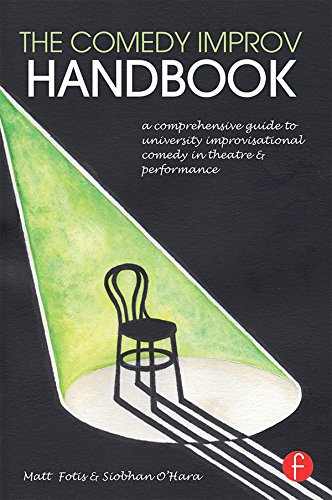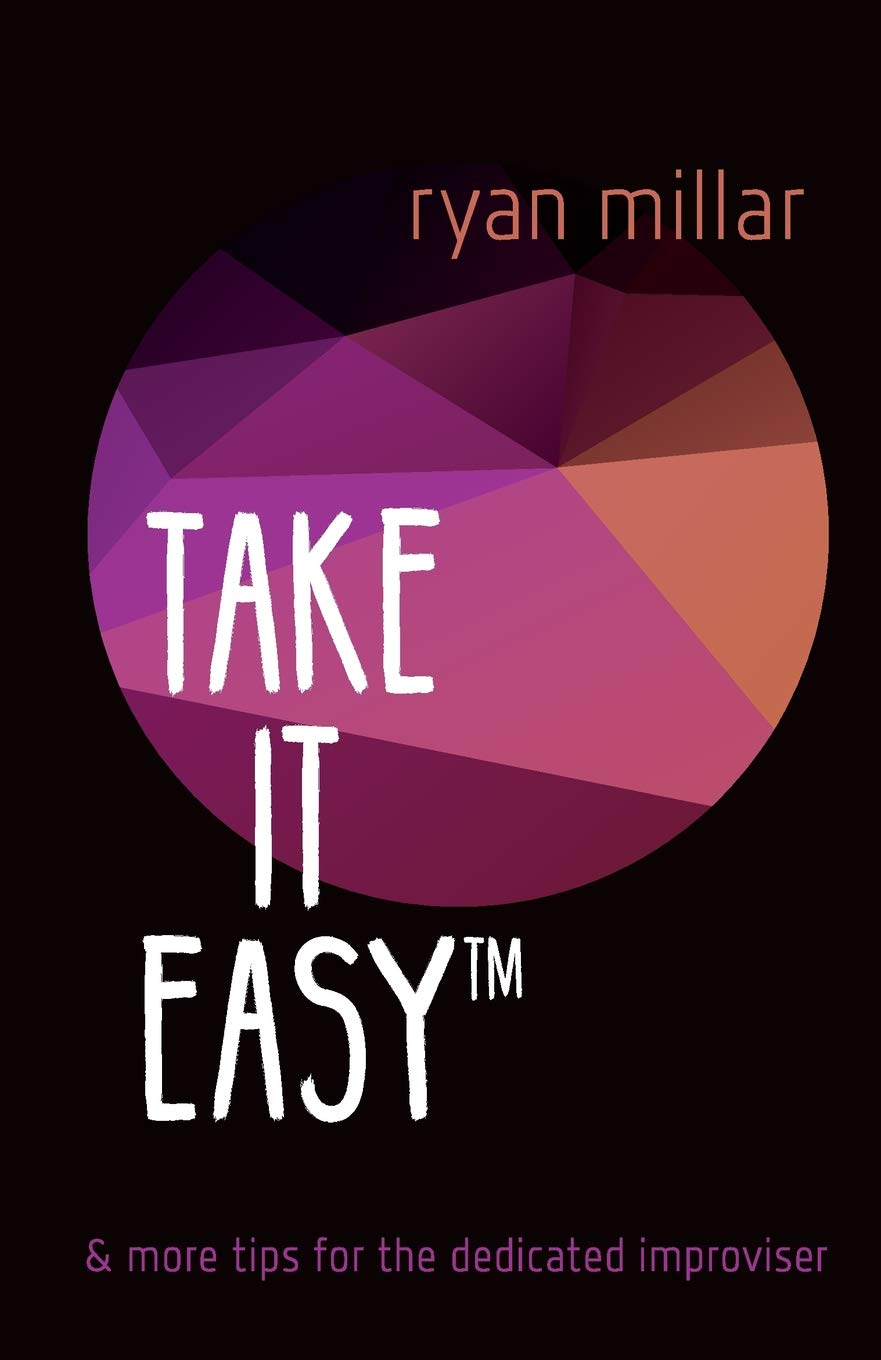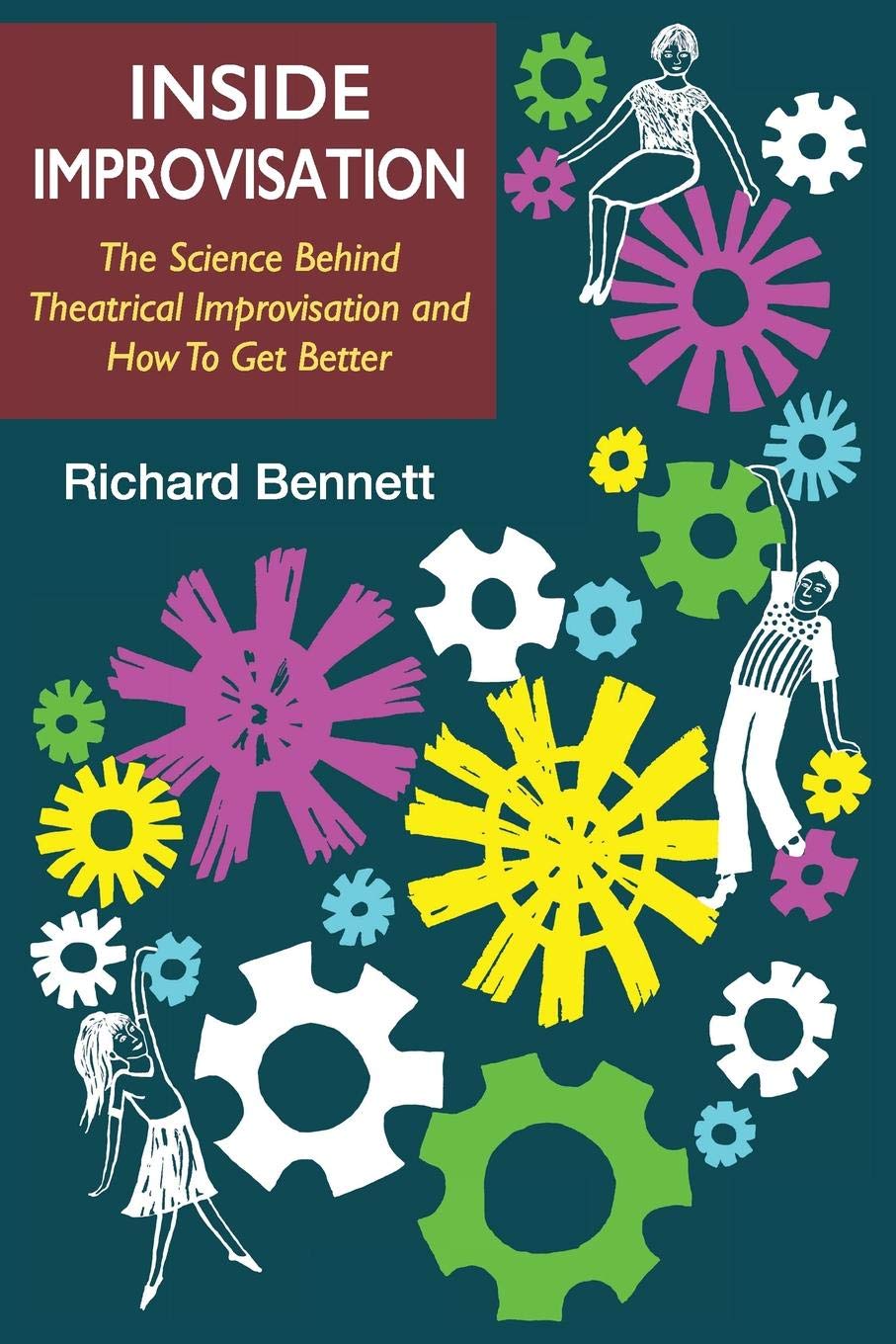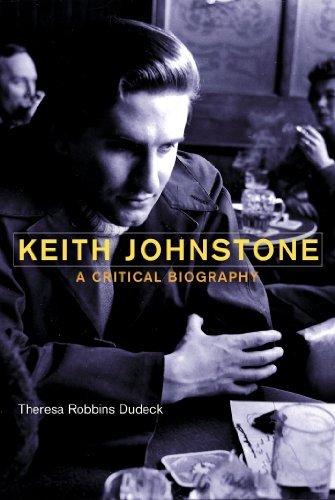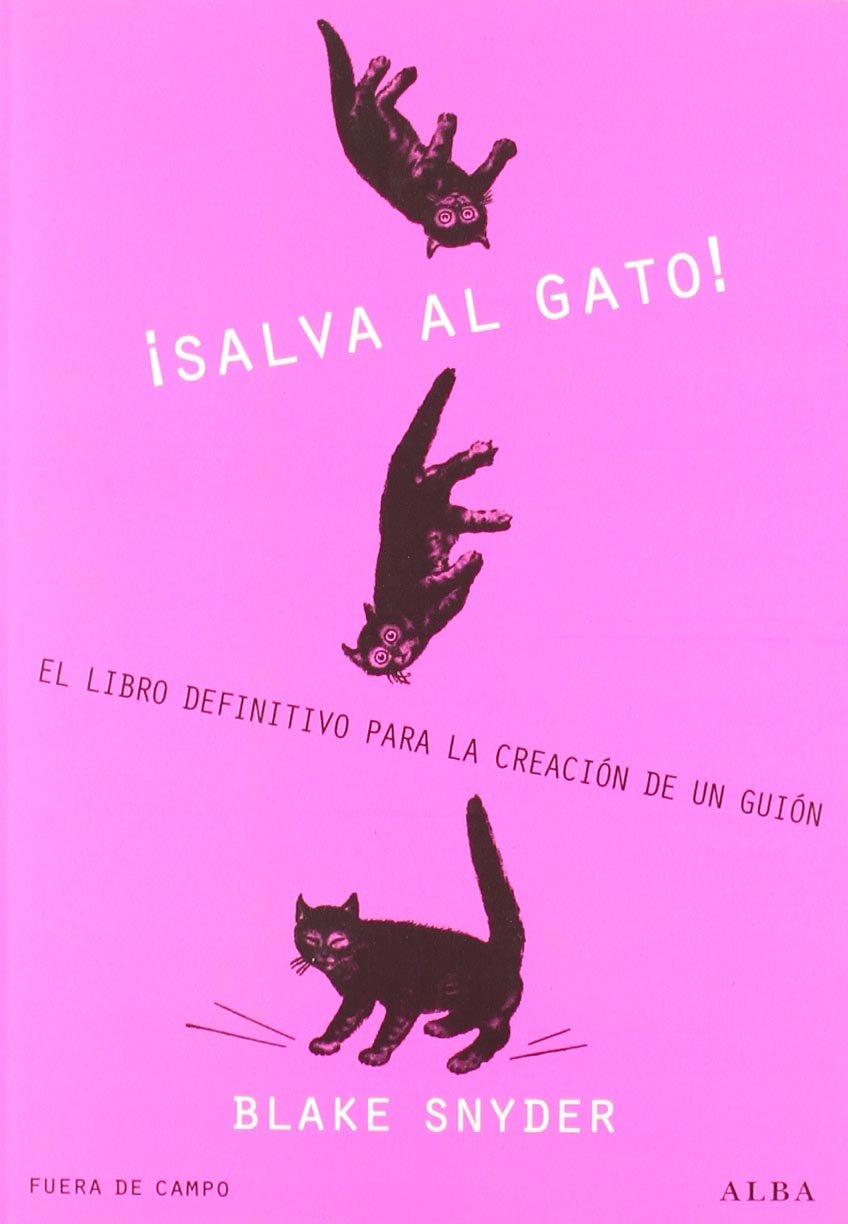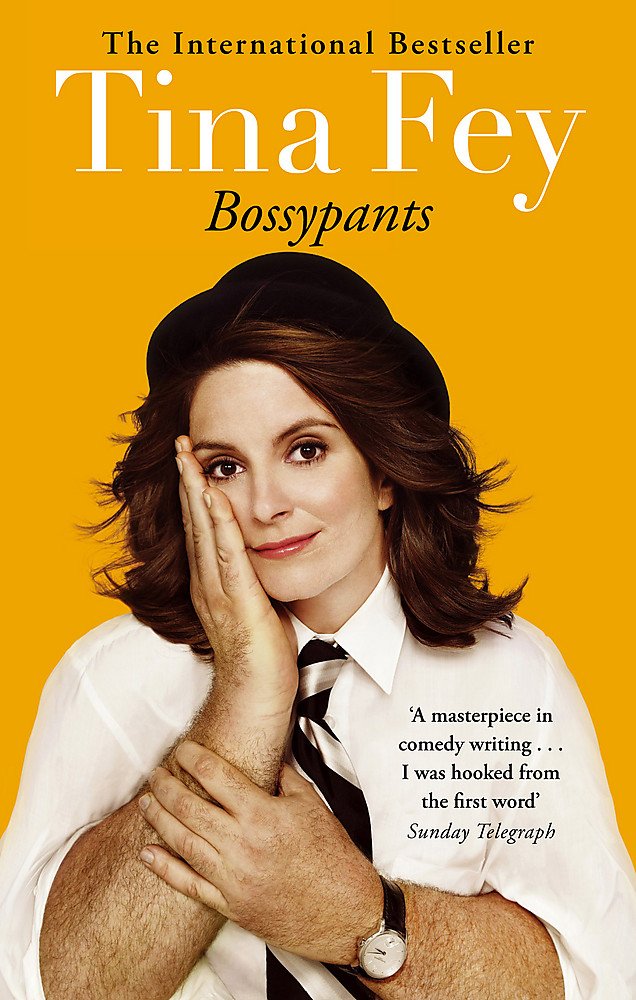This collection of Applied Improvisation stories and strategies draws back the curtain on an exciting, innovative, growing field of practice and research that is changing the way people lead, create, and collaborate. Applied Improvisation is the umbrella term widely used to denote the application of improvised theatre’s theories, tenets, games, techniques, and exercises beyond conventional theatre spaces, to foster the growth and/or development of flexible structures, new mindsets, and a range of inter and intra-personal skills required in today’s volatile and uncertain world. This edited collection offers one of the first surveys of the range of practice, featuring 12 in-depth case studies by leading Applied Improvisation practitioners and a foreword by Phelim McDermott and Lee Simpson. The contributors in this anthology are professional Applied Improvisation facilitators working in sectors as diverse as business, social science, theatre, education, law, and government. All have experienced the power of improvisation, have a driving need to share those experiences, and are united in the belief that improvisation can positively transform just about all human activity. Each contributor describes their practice, integrates feedback from clients, and includes a workbook component outlining some of the exercises used in their case study to give facilitators and students…
english
Business professionals often overlook a crucial tool for thriving in today’s fast-paced environment: improvisation. In Getting to “Yes And”, veteran improv performer, university professor, CEO, and consultant Bob Kulhan unveils a form of mental agility with applications far beyond the entertainment value of comedy troupes. He shows how improv techniques can create more productive meetings, swifter decisions, stronger collaboration, positive conflict resolution, mindfulness, and more.
What is the big deal about improv? It’s fun. It strengthens our imagination, promotes self-confidence, increases spontaneity, promotes teamwork, and it’s magic: it creates something out of nothing. 101 IMPROV GAMES FOR CHILDREN AND ADULTS contains the basics: what improv is all about and how to do it, special instructions for how to teach improv to children, plus more advanced training on how to use your voice and body in ways you haven’t thought of before. It has helpful hints for creating scenes and environments out of thin air. All this plus 101 games with simple instructions, from easy warm-up games to over-the-top crowd pleasers such as Fairy Tales, Bizarre Games, On Your Toes and Narrative Games. This is the tenth in the Hunter House SmartFun activity books series, and the first one for adults as well as children. The book is a great resource for educators as well as for the professional actor or the layperson working with improv for fun. The book contains lively illustrations and is easy to use. Improv is about creating something out of nothing, but a really good improviser can create something great out of nothing. This book shows you how.
Long form scenic improv began with the Harold. The comic philosophy of this form started an era of comedy marked by support, trust, and collaboration. This book tells of the Harold, beginning with the development of improv theatre, through the tensions and evolutions that led to its creation at iO, and to its use in contemporary filmmaking.
The Comedy Improv Handbook: A Comprehensive Guide to University Improvisational Comedy in Theatre and Performance is a one-stop resource for both improv teachers and students, covering improv history, theory, maxims, exercises, games, and structures. You will learn the necessary skills and techniques needed to become a successful improviser, developing a basic understanding of the history of improvisation and its major influences, structures, and theories. This book also addresses issues associated with being a college improviser – like auditions, rehearsals, performances, and the dynamics of improv groups.
TAKE IT EASY™ isn’t about a new way of doing improv, nor is it meant to replace your own style or approach. Instead it’s a mindset that can inform your performance and approach to improvisation. “Highly recommended for the beginning improvisor or the seasoned pro trying to rediscover the fun.” – Sam Super, The Second City Training Center’s 2017 Teacher of the Year This isn’t an ‘intro to improv’ book, nor is it a how-to manual. Instead, TAKE IT EASY™ is a collection of thoughts and observations designed to give people a different perspective on their craft, and it also includes games and exercises for people to do on their own or to bring to their group to reinforce the book’s teachings. Web: Ryan Millar – Take it Easy
Not all improv is the same. Inside Improvisation explores, compares and clarifies in detail the main methods of theatrical improvisation, from the Chicago method improv and Harold, to Keith Johnstone’s impro and Theatresports, and everything of significance in-between. Referencing modern scientific theory and 100+ research papers, Inside Improvisation uses the science behind improvisation, to explain how it works and how to become a much better improvisor. Topics include: how the brain works while improvising; presence and mindfulness; fear, anxiety and the freedom to succeed; leveraging the unconscious; group mind; how scenes actually work – metapragmatics and scene progression; why and how improvisation is funny; using alcohol, drugs and stimulants; acting and theatre theory applied to improvisation; and much much more.
Keith Johnstone entered the Royal Court Theatre as a new playwright in 1956: a decade later he emerged as a groundbreaking director and teacher of improvisation. His decisive book Impro (1979), described Johnstone’s unique system of training: weaving together theories and techniques to encourage spontaneous, collaborative creation using the intuition and imagination of the actors. Johnstone has since become world-renowned, inspiring theatre greats and beginners alike; and his work continues to influence practice within and beyond the traditional theatre. Theresa Robbins Dudeck is the first author to rigorously examine Johnstone’s life and career using a combination of archival documents – many from Johnstone’s personal collection – participant observation, and interviews with Johnstone, his colleagues and former students. Keith Johnstone: A Critical Biography is a fascinating journey through the physical spaces that have served as Johnstone’s transformative classrooms, and into the conceptual spaces which inform his radical pedagogy and approach to artistic work.
Blake Snyder, one of Hollywood’s most successful screenwriters, delivers a snappy, funny, and frank painting of the backstage of the film industry. Save the cat! refers to one of his infallible theories to make ideas more attractive and any script more satisfactory and, above all, sellable. But, above all, save the cat! shows the tools that every screenwriter is obliged to master if he wants to sell his work.
Once in a generation a woman comes along who changes everything. Tina Fey is not that woman, but she met that woman once and acted weird around her. Before 30 Rock, Mean Girls and ‘Sarah Palin’, Tina Fey was just a young girl with a dream: a recurring stress dream that she was being chased through a local airport by her middle-school gym teacher. She also had a dream that one day she would be a comedian on TV. She has seen both these dreams come true. At last, Tina Fey’s story can be told. From her youthful days as a vicious nerd to her tour of duty on Saturday Night Live; from her passionately halfhearted pursuit of physical beauty to her life as a mother eating things off the floor; from her one-sided college romance to her nearly fatal honeymoon – from the beginning of this paragraph to this final sentence. Tina Fey reveals all, and proves what we’ve all suspected: you’re no one until someone calls you bossy.




